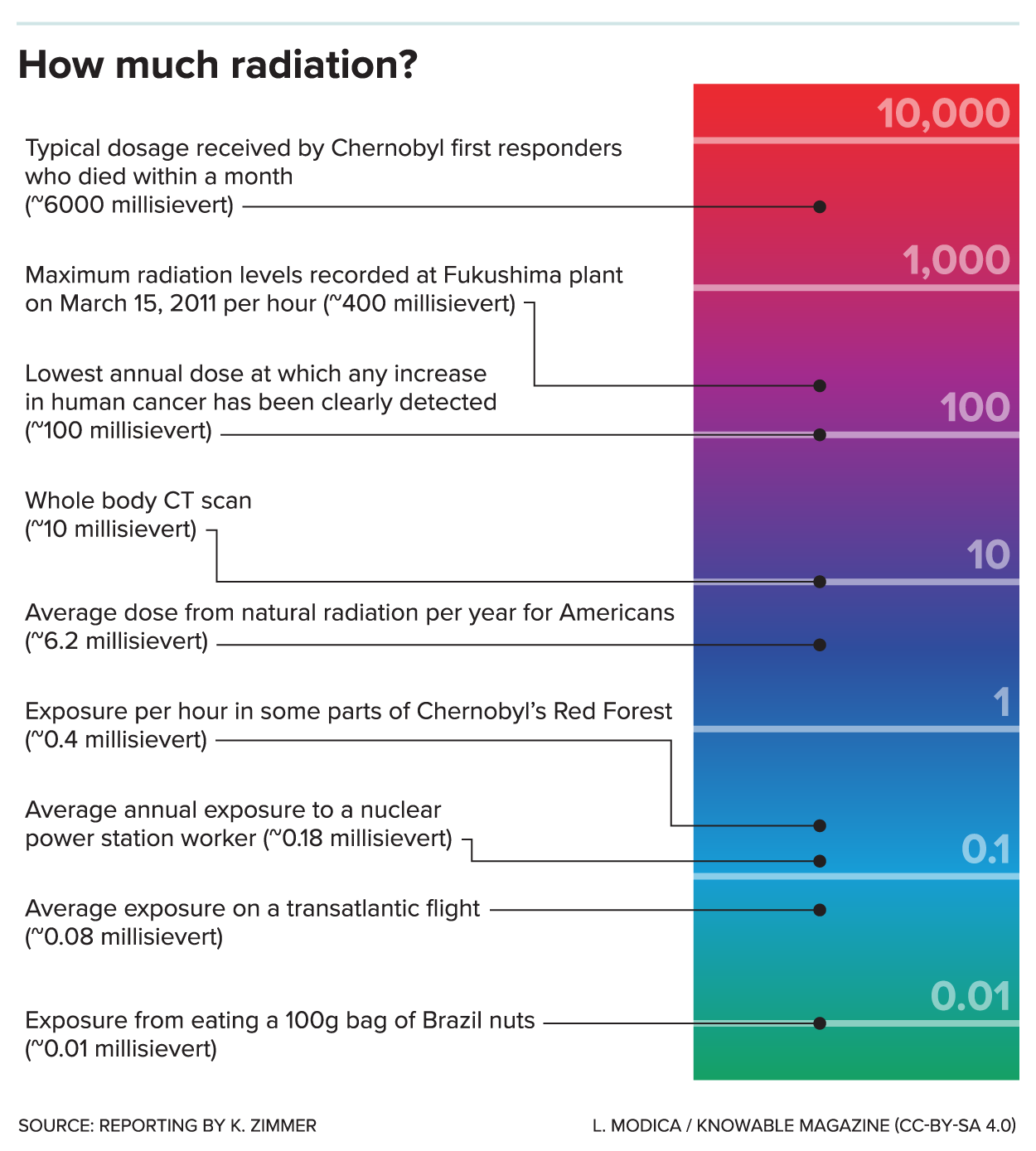Home-stored product entomology



Home-stored product entomology is the study of insects that infest foodstuffs stored in the home. It is a branch of forensic entomology that focuses on the insects associated with stored food products. Insects can cause significant damage to stored foods, leading to economic loss and health risks. This field of study is important for understanding the types of insects that infest food products, their life cycles, and how to control them to prevent infestation and contamination.
Overview[edit]
Home-stored product entomology involves the identification of insect species that infest food products such as grains, nuts, dried fruits, and spices. The most common pests include the Indianmeal moth (Plodia interpunctella), the saw-toothed grain beetle (Oryzaephilus surinamensis), and the flour beetles (Tribolium spp.). These insects can cause direct damage by consuming food products and indirect damage through contamination with their bodies, feces, and webbing, which can lead to health issues in humans.
Life Cycle and Infestation[edit]
Understanding the life cycle of these pests is crucial for effective control and prevention. Most stored product insects undergo complete metamorphosis, consisting of egg, larval, pupal, and adult stages. The duration of their life cycle can vary depending on environmental conditions such as temperature and humidity, as well as the availability of food.
Infestations can occur at any point in the food chain, from the farm where the food is produced to the processing facilities, during transportation, or within the home. Insects can enter homes through purchased infested food products or by infiltrating from the outside.
Prevention and Control[edit]
Prevention and control of infestations involve several strategies, including:
- Sanitation: Keeping storage areas clean and free of food debris to reduce attractants for pests.
- Inspection: Regularly checking stored food products for signs of infestation.
- Temperature control: Storing susceptible food products in cool or cold environments to slow down or inhibit insect development.
- Packaging: Using sealed containers to prevent access by insects.
- Biological control: Utilizing natural predators or parasites of the pests as a control method.
- Chemical control: Applying insecticides, although this is generally considered a last resort due to potential contamination of food products.
Importance[edit]
The study of home-stored product entomology is important for several reasons. Economically, it helps reduce food waste and financial loss by preventing infestations. From a health perspective, it aids in preventing foodborne illnesses associated with insect-contaminated foods. Additionally, understanding the behavior and ecology of these pests can lead to more effective and environmentally friendly control methods.
Ad. Transform your life with W8MD's Budget GLP-1 injections from $75


W8MD offers a medical weight loss program to lose weight in Philadelphia. Our physician-supervised medical weight loss provides:
- Weight loss injections in NYC (generic and brand names):
- Zepbound / Mounjaro, Wegovy / Ozempic, Saxenda
- Most insurances accepted or discounted self-pay rates. We will obtain insurance prior authorizations if needed.
- Generic GLP1 weight loss injections from $75 for the starting dose.
- Also offer prescription weight loss medications including Phentermine, Qsymia, Diethylpropion, Contrave etc.
NYC weight loss doctor appointmentsNYC weight loss doctor appointments
Start your NYC weight loss journey today at our NYC medical weight loss and Philadelphia medical weight loss clinics.
- Call 718-946-5500 to lose weight in NYC or for medical weight loss in Philadelphia 215-676-2334.
- Tags:NYC medical weight loss, Philadelphia lose weight Zepbound NYC, Budget GLP1 weight loss injections, Wegovy Philadelphia, Wegovy NYC, Philadelphia medical weight loss, Brookly weight loss and Wegovy NYC
|
WikiMD's Wellness Encyclopedia |
| Let Food Be Thy Medicine Medicine Thy Food - Hippocrates |
Medical Disclaimer: WikiMD is not a substitute for professional medical advice. The information on WikiMD is provided as an information resource only, may be incorrect, outdated or misleading, and is not to be used or relied on for any diagnostic or treatment purposes. Please consult your health care provider before making any healthcare decisions or for guidance about a specific medical condition. WikiMD expressly disclaims responsibility, and shall have no liability, for any damages, loss, injury, or liability whatsoever suffered as a result of your reliance on the information contained in this site. By visiting this site you agree to the foregoing terms and conditions, which may from time to time be changed or supplemented by WikiMD. If you do not agree to the foregoing terms and conditions, you should not enter or use this site. See full disclaimer.
Credits:Most images are courtesy of Wikimedia commons, and templates, categories Wikipedia, licensed under CC BY SA or similar.
Translate this page: - East Asian
中文,
日本,
한국어,
South Asian
हिन्दी,
தமிழ்,
తెలుగు,
Urdu,
ಕನ್ನಡ,
Southeast Asian
Indonesian,
Vietnamese,
Thai,
မြန်မာဘာသာ,
বাংলা
European
español,
Deutsch,
français,
Greek,
português do Brasil,
polski,
română,
русский,
Nederlands,
norsk,
svenska,
suomi,
Italian
Middle Eastern & African
عربى,
Turkish,
Persian,
Hebrew,
Afrikaans,
isiZulu,
Kiswahili,
Other
Bulgarian,
Hungarian,
Czech,
Swedish,
മലയാളം,
मराठी,
ਪੰਜਾਬੀ,
ગુજરાતી,
Portuguese,
Ukrainian



